|
Check out the new page on our site DIGITAL CUTTING FOR FILM which talks about the many ways that Clo3D and digital cutting can be used in Costume Production for film! It just makes sense to save resources by verifying the costume's fit before building the real thing!
0 Comments
I am so thrilled to have been the recipient of the The Michelle Dias Community Service Award which has not only provided me with the opportunity to begin training in digital patterning software Clo3D, it was also a foothold in helping me attain further funding from the Canada Council for the Arts who have agreed to pay for the remainder of my training. I have completed the first class in a set of 4 from Parsons NY Clo3D Virtual Fashion Certificate, The class has furthered my online patterning capabilities and understanding of what can be built in the software so much. I have already begun using it in my work, and was able to cut a costume for Theatre Calgary's 'Mousetrap' using the software. It gave me excellent fit information and we had a very successful first fitting. I'm so excited about where this software could take costuming for Theatre in the future, and so grateful to the Michelle Dias award for bolstering me on this journey. Final Project for Parsons NY Clo3D Fundamentals of Clo3D THANK YOU!Thank you to everyone who attended our presentation. I just wanted to share a little follow up with more precise answers to your questions! You can use Projectors for Digital Cutting?We have a section on this in our research, posted here on our website with some useful links and info! How did you digitize your historical pattern? |
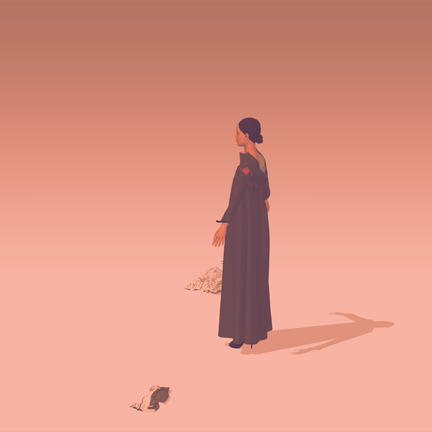 | Marrying the Traditional with the Intermedial: Interventions in Costume Practice This panel, composed of active practitioners in the field of costume studies who also work in higher education, interrogates how the research, the recording, and exploration of processes help students to integrate themselves into an industry that is constantly ahead of the curve through the implementation of virtual, augmented, and digital realities. The discussion will promote the understanding of the principles of specialist processes in costume making, as well as exploring sustainable ways for creative three-dimensional approaches to modifying, altering, or adapting the performing body. LINK TO PANEL DESCRIPTION |
Please join us at World Stage Design 2022, where we will present our research results and hold a Q&A and Panel Discussion.
Project: Digital Patterning in Costume Production - Research Presentation and Discussion
Date: Sat, 13 Aug, 2022
Location: Eckhardt-Gramatté Hall - RC 160 (Rozsa Centre)
The Canadian Costumer's Digital Research Initiative explores digital pattern design software in the Costume production process. We assessed the applicability of Gerber and CLO3D patterning software.
Some of the benefits we explore are:
3D modelling, which is invaluable for digitally printing fabrics and has tools for customizing placement and scale of graphics.
Archival attributes provide easily accessible, organized patterning storage.
Virtual fittings allow Designers and Cutters to collaborate and share work at a distance.
We look forward to sharing and discussing the results of our research on the benefits and potential drawbacks of digital integration. Our research is available at QuarterlyCutter.com, and was generously funded by Canada Council for the Arts.
Reserve your seat HERE
Project: Digital Patterning in Costume Production - Research Presentation and Discussion
Date: Sat, 13 Aug, 2022
Location: Eckhardt-Gramatté Hall - RC 160 (Rozsa Centre)
The Canadian Costumer's Digital Research Initiative explores digital pattern design software in the Costume production process. We assessed the applicability of Gerber and CLO3D patterning software.
Some of the benefits we explore are:
3D modelling, which is invaluable for digitally printing fabrics and has tools for customizing placement and scale of graphics.
Archival attributes provide easily accessible, organized patterning storage.
Virtual fittings allow Designers and Cutters to collaborate and share work at a distance.
We look forward to sharing and discussing the results of our research on the benefits and potential drawbacks of digital integration. Our research is available at QuarterlyCutter.com, and was generously funded by Canada Council for the Arts.
Reserve your seat HERE
I had the opportunity this summer to design the costumes for Theatre Calgary's 'Shakespeare on the go'. I was keen to integrate custom printed fabric into the design concept. Luckily the Production staff, Head of Wardrobe and Director were all on board to go forward with my design concept for 'The Merry Wives of Windsor', found here.
And even more luck, KaeLeah Spallin, who has been experimenting with CLO was available to cut for the show! This was a true experiment in integrating digital patterning into a costume production process, and the results were fabulous. We created simple, ultra washable, cotton jumpsuits for our cast to wear. We acheived a fun, historical looking costume without all the layers. It was perfect for the pantomime feel of this absurd show.
And even more luck, KaeLeah Spallin, who has been experimenting with CLO was available to cut for the show! This was a true experiment in integrating digital patterning into a costume production process, and the results were fabulous. We created simple, ultra washable, cotton jumpsuits for our cast to wear. We acheived a fun, historical looking costume without all the layers. It was perfect for the pantomime feel of this absurd show.
Our Process was a little different than on other shows. We had to start early in order to allow time for the fabric production. Starting a couple months ahead KaeLeah began to pattern out the basic jumpsuits, and I began to illustrate the fabric. We learned so much during this process. Our big takeaway was to give yourself plenty of time for the production of fabric!
Here is a rough outline of what our process looked like:
Here is a rough outline of what our process looked like:
Pattern Development on CLO3D
Graphics illustrated in Procreate and placed in CLO
Flat Pattern with graphics exported to Affinity Designer
In Affinity Designer we laid out our pattern pieces, and created files which would cover the full yardage we would be ordering. An Affinity Canvas was created to full size of meterage (paying attention to length and width of printed area). The imported CLO flat pattern was then made transparent and I placed the procreate graphics as separete layers with base colours placed beneath,
Send files to the printers
| Ultimately, my favorite supplier was Contrado from London in the UK. They are a bit more expensive but the quality is so good, and the turn around time is incredibly quick. I also appreciated the attentive customer service. It is imperative that your files are printed at an accurate DPI and that your image files comprise the entire length of your selected project (This ensures consistant colour) |
Conclusion
At the end of the day it required lots of patience and creativity to cut out these costumes. Even though they were simple there was so much detail to match, and my graphics weren't perfectly laid out. I made mistakes here and there (Thanks rushing!). Thankfully I work with very talented technicians and they managed to cut around my errors or carefully cover them up. I was just so pleased with how everything turned out!
One of the fabric printers we used printed Falstaff smaller than the full width of the fabric and consequently everything was too small! Happily KaeLeah got creative and made it work!
| I was disappointed that I couldn’t work as freely as I had hoped on Gerber, I found the program crashed often, and offered too many options directly tied to manufacturing which I found cumbersome to navigate. When I saw the promotional video for CLO I was enthralled and wanted to learn as much as I could. I watched a few free YouTube videos and it seemed so intuitive. I knew it would be a great time to try CLO out when I was asked to cut Theatre Calgary’s Steel Magnolias. I downloaded the free month trial of CLO and set to work. With knowledge from my Gerber classes and many YouTube videos from CLO it was fairly simple and quick to draft my first couple pieces and create virtual renderings. These renderings became the basis for a discussion with the designer prior to my cutting into the real fabric. I made fit adjustments in 3D and really perfected my pattern with only the actor's measurements and design info and drawings. I did have some trouble with one design in CLO 3D that I wasn't able to trouble shoot on my own and wished that I had more education or someone I could call that could help me figure out how to make it work,technical support. In the end I was able to make it work well enough for what I needed. In about 5 full days of working in CLO it only crashed once on me compared with Gerber which I managed to crash multiple times a day. We also ran into some printing problems with the plotter at the theatre, and I was reminded to always double check your pattern scale before cutting it out of fabric. Again, if I had someone who was familiar with the program and plotters I'm sure that this would be easily resolved. I was recently informed that others skip the paper patterns altogether and use projectors to transfer their pattern directly from their computer to the fabric on their cutting table. I am taking this on as my next challenge with the support of the technical team at Theatre Calgary and can't wait to see how it works. | I knew it would be a great time to try CLO out when I was asked to cut Theatre Calgary’s Steel Magnolias...
|
I really enjoyed working with CLO and it is a much, much more affordable option that some other digital drafting programs. I would love to take actual instructional classes on CLO, the free YouTube tutorials are great, but sometimes you just want to ask your questions to a knowledgable real life person. I’m looking forward to exploring the program more on future designs!
| In the fall of 2021, I took Gerber courses AccuMark Core Training and 3D Training via Zoom. I was fortunate to have alongside me Cathleen, who facilitated the process, and the Gerber instructors who were endlessly patient. I wanted to gain an understanding of the Gerber product and how digital patterning works for the Fashion Industry. I understand that Target, Walmart, Lululemon and Brazeau all use Gerber. It has been around for a long time, with updates, and older versions being supported. With the volume production in the fashion industry, comes the distribution of the work process, so that different segments are taken on by different people, allowing focus on a particular function. One person doesn’t have to become proficient on the entire system. I found from the start that the layers of tables and charts to be filled out and the boxes to be ticked to be a steep climb- especially when you don’t discover the un-ticked box or chart until the end. Another challenge that became immediately apparent was the language used in the program- seemingly foreign to me. I got lost in the rules tables, naming protocols, point-drill, numeric vs alpha-numeric, model vs piece, grade rules, marker making, buffering, lay limits, annotations, blenders, avatars, and bundles. Give me pantaloons, frock coats and Spensers any day. |
All that being said- our test cutters did also try out a newer digital program- CLO, and have enjoyed working on it. The cost is more affordable for smaller companies, and unlike Gerber, it is possible to have a months’ subscription.
The advantages of the digital patterning capability are real. Storage of information and pattern work, long distance communication- i.e. designer consultations, sharing of files, the savings in time and resources just to begin. Large period film productions would benefit from having these capabilities for multiples, grading and outsourcing work. After conversations with our test cutters and coordinator, I can see the possible start of the integration of digital technology into active regional theatre costume shops. It may take patient persistence to put into practice, but those interested in pursuing this area may well find themselves in demand, and of valuable support to our senior cutters, stitchers, and shop managers, as well as seasoned costume crews on film.
I can see that there will some hiccups- cost of the programs, and computers, copyright discussions on pattern work, customizing avatars to work in the world of real bodies, to name but a few. But I am delighted to have been a part of this exploration into digital pattern work and 3D imaging.
The advantages of the digital patterning capability are real. Storage of information and pattern work, long distance communication- i.e. designer consultations, sharing of files, the savings in time and resources just to begin. Large period film productions would benefit from having these capabilities for multiples, grading and outsourcing work. After conversations with our test cutters and coordinator, I can see the possible start of the integration of digital technology into active regional theatre costume shops. It may take patient persistence to put into practice, but those interested in pursuing this area may well find themselves in demand, and of valuable support to our senior cutters, stitchers, and shop managers, as well as seasoned costume crews on film.
I can see that there will some hiccups- cost of the programs, and computers, copyright discussions on pattern work, customizing avatars to work in the world of real bodies, to name but a few. But I am delighted to have been a part of this exploration into digital pattern work and 3D imaging.
Heads up! You can register for the second annual CLO 3D Virtual User Summit, a two-day event ( March 21, 22,) with Main Stage Presentations from over 15 of CLO's clients and partners.
Discover some of the new updates they have coming down the pipeline. Attend Design Workshops with CLO 3D designers to up your CLO skills and get your design questions answered in real-time.
Register Here
Discover some of the new updates they have coming down the pipeline. Attend Design Workshops with CLO 3D designers to up your CLO skills and get your design questions answered in real-time.
Register Here
Hello!
Find out what we are up to...
Archives
June 2024
September 2023
June 2023
March 2023
August 2022
July 2022
April 2022
March 2022
February 2022
November 2021
October 2021
September 2021
June 2021
May 2021
April 2021
August 2020
June 2020
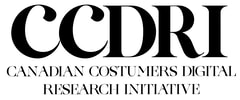



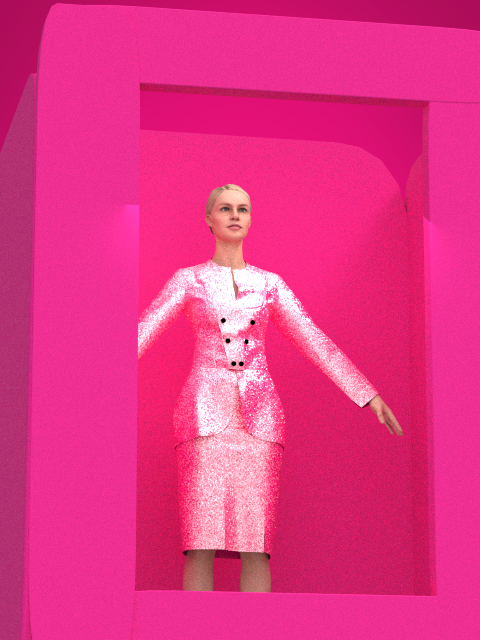
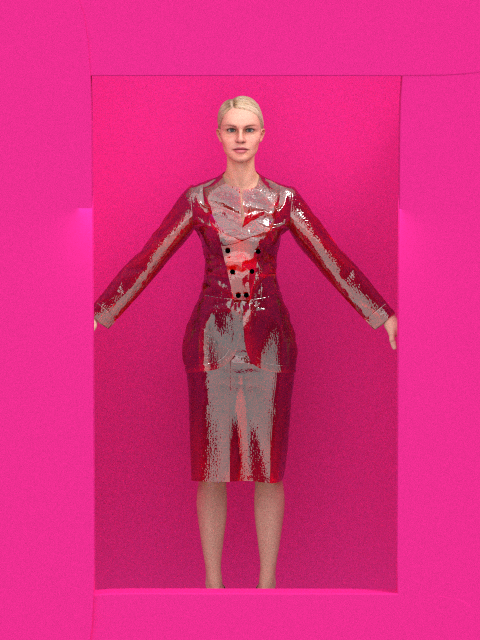
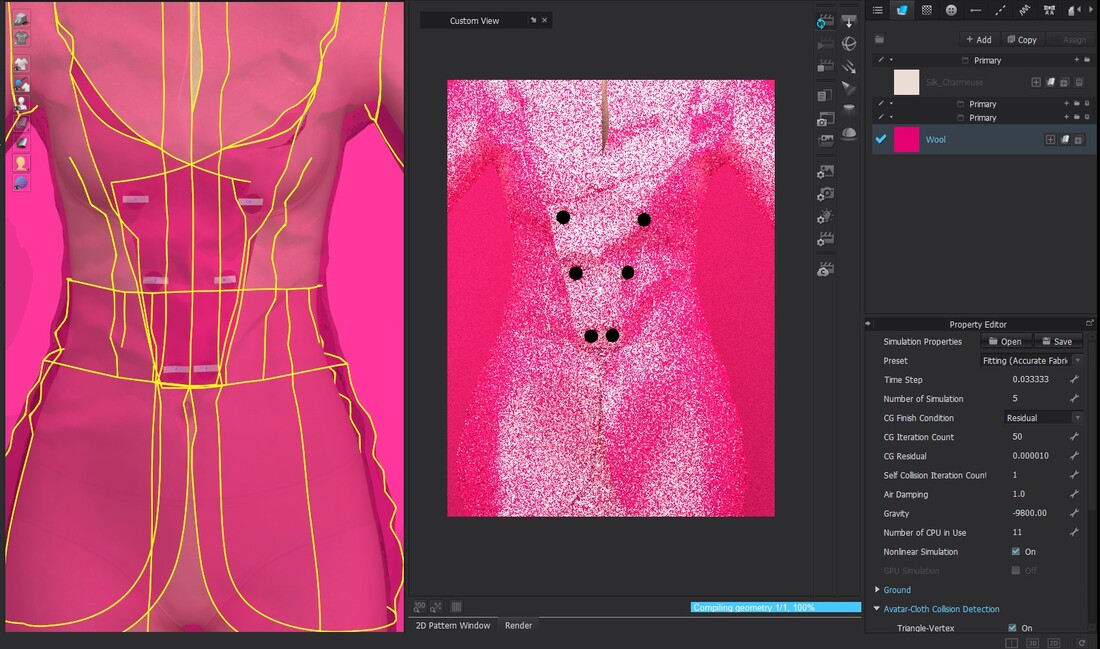
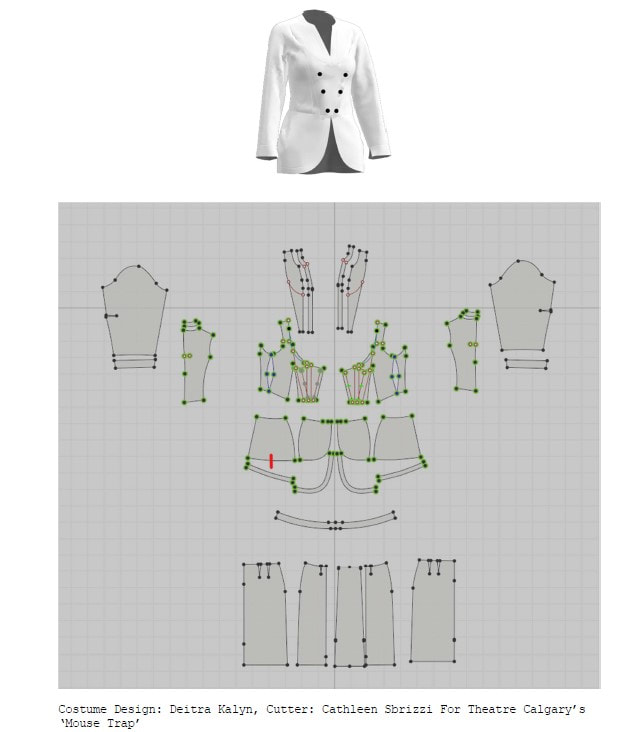

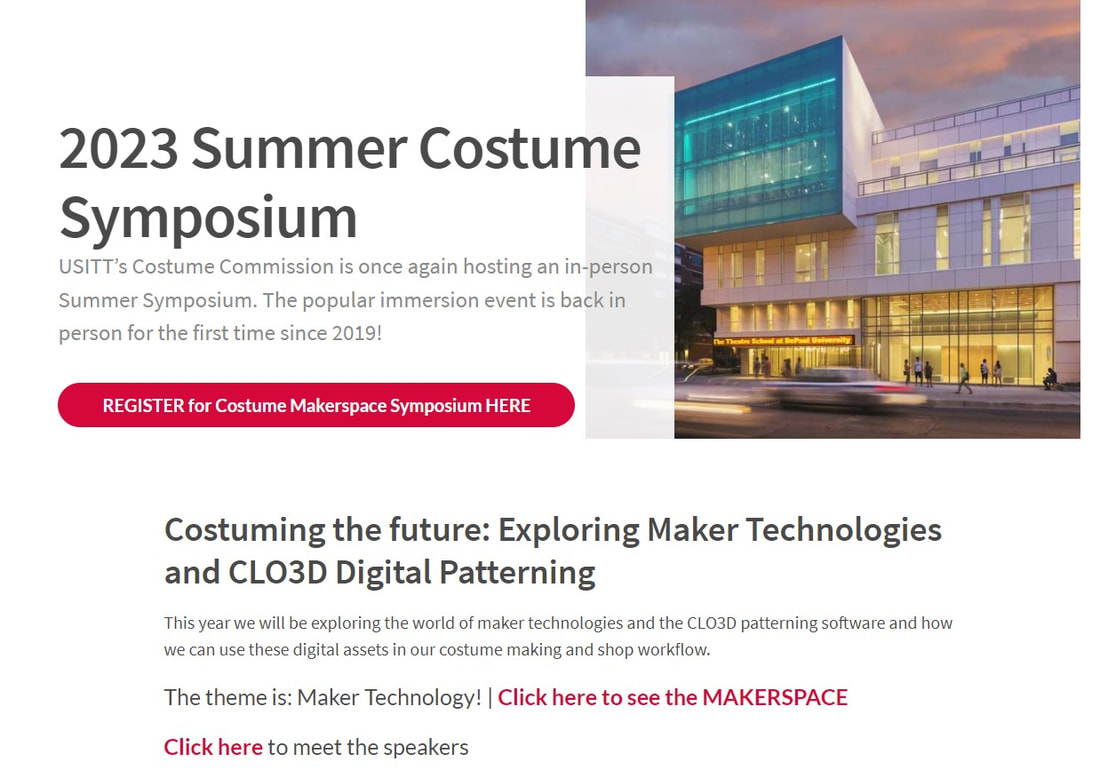
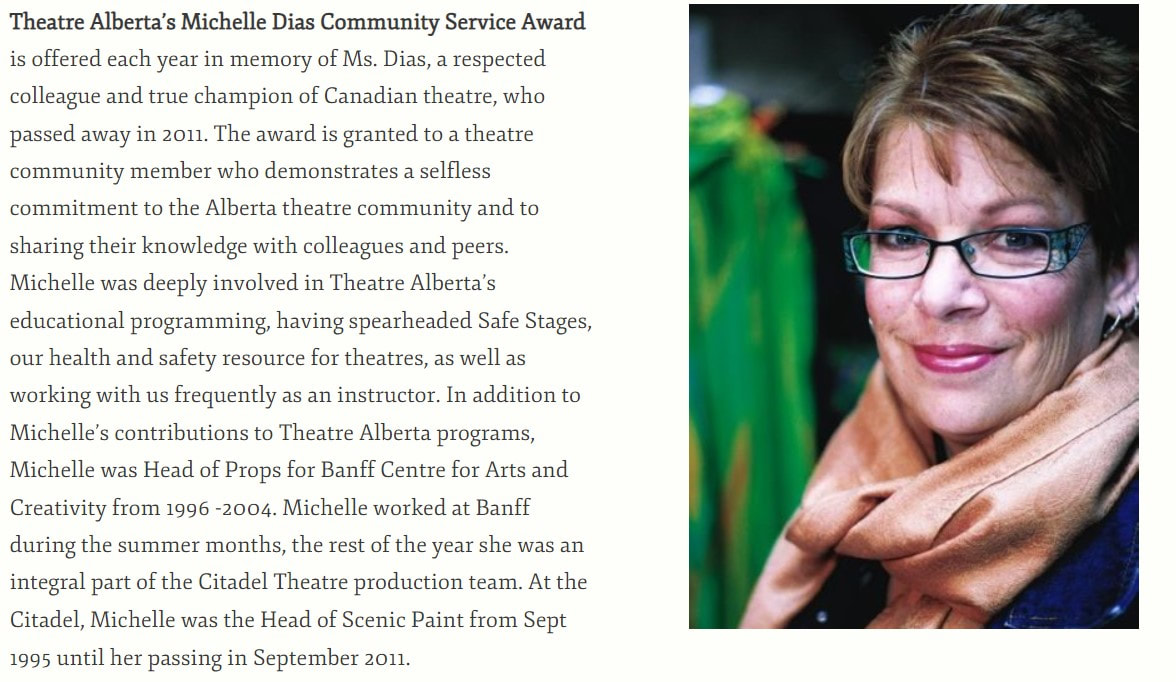
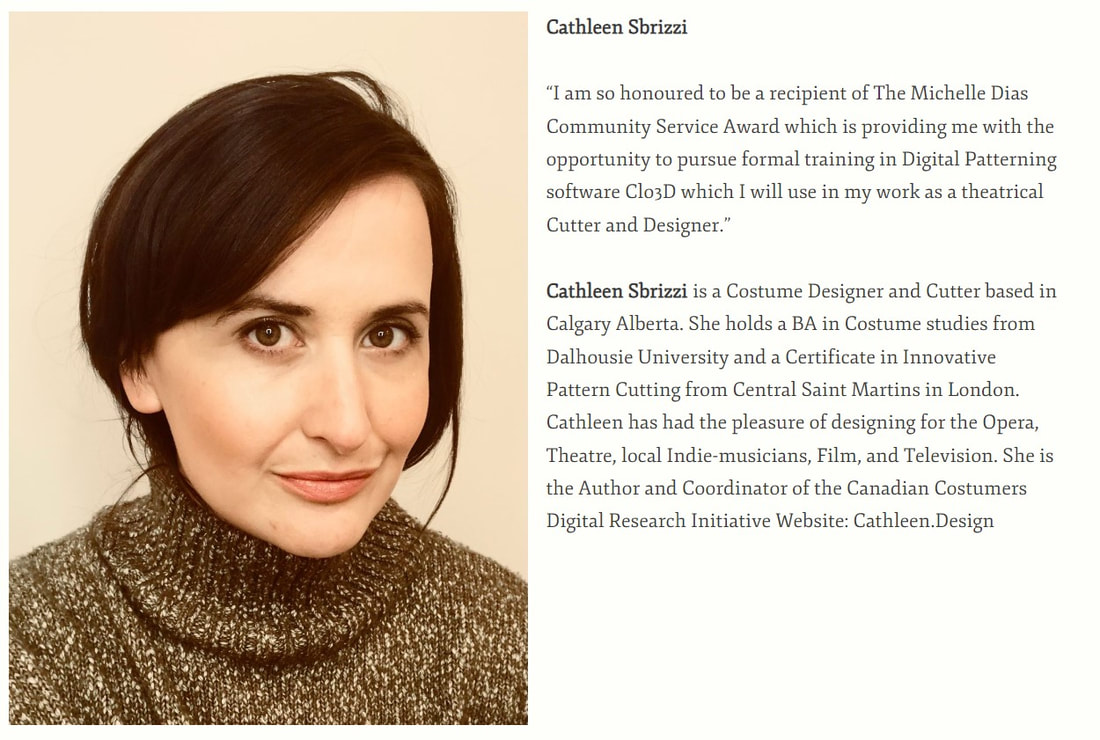
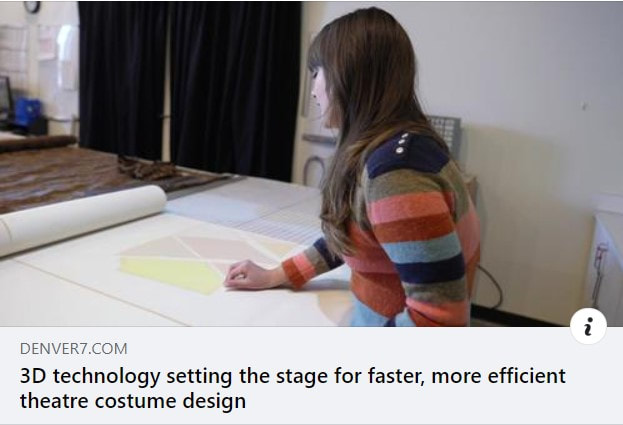
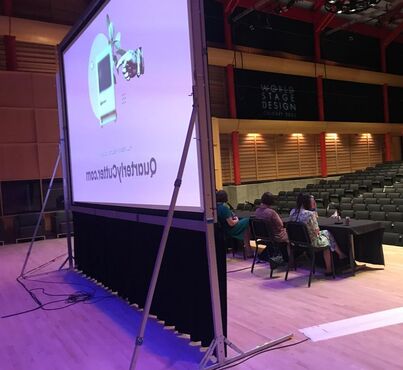






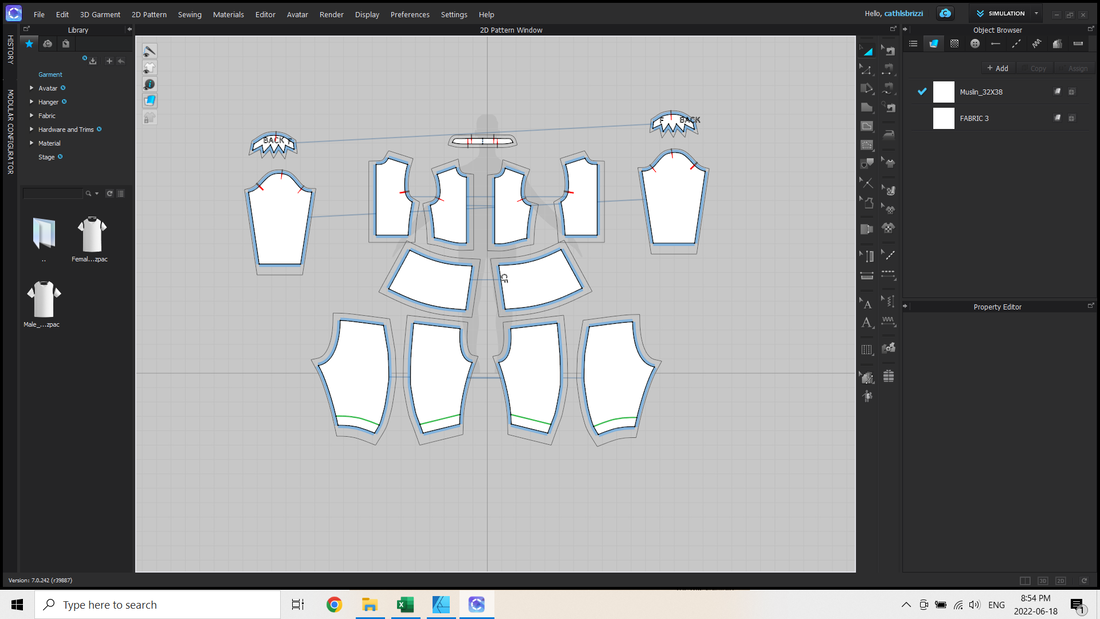
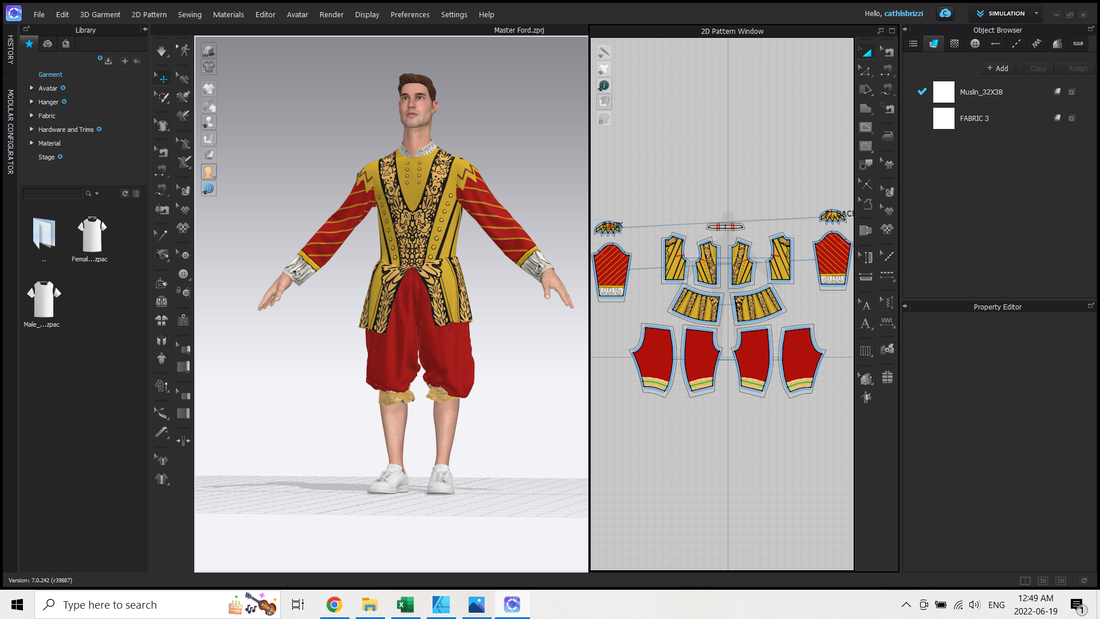

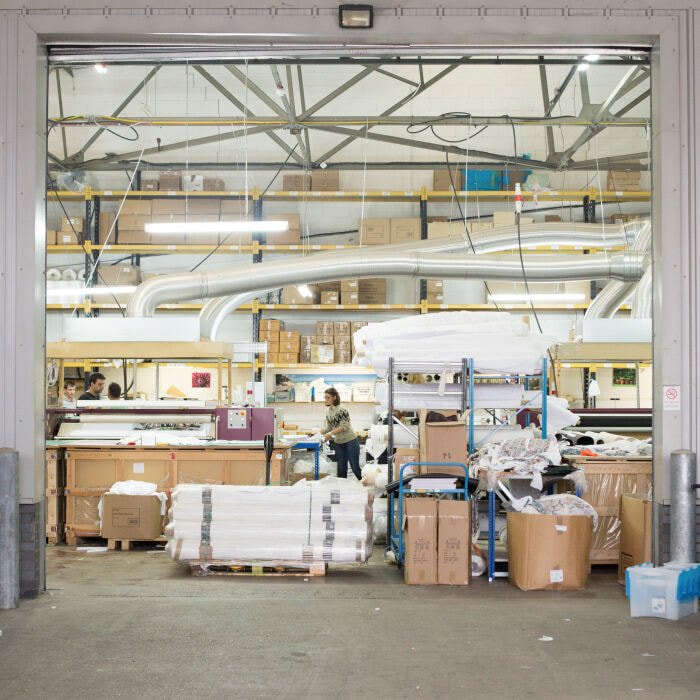
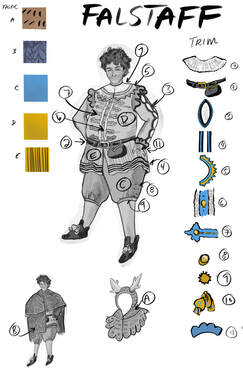
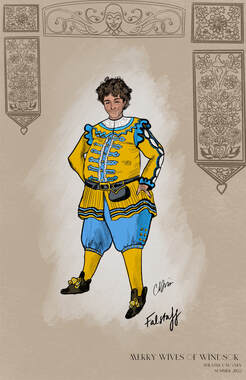
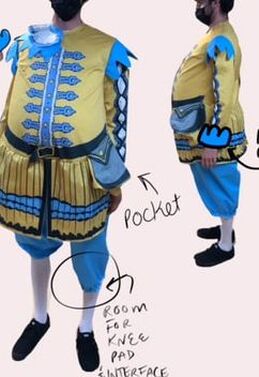
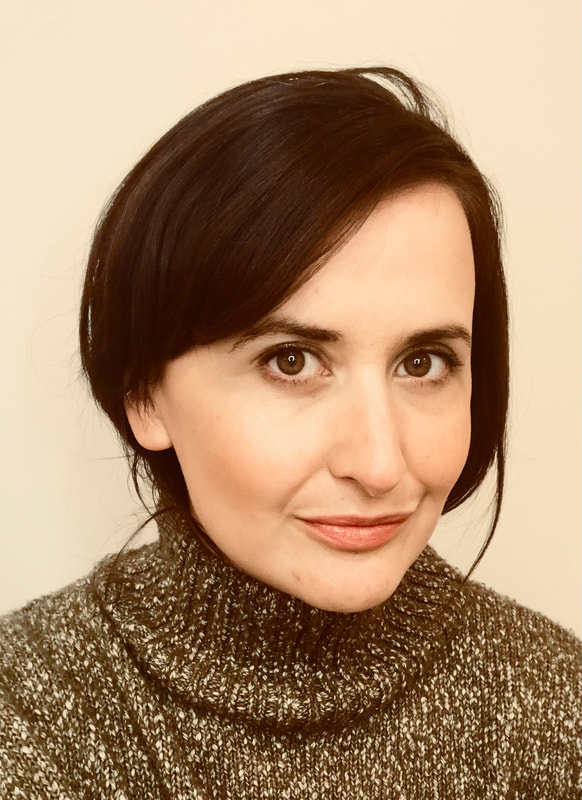

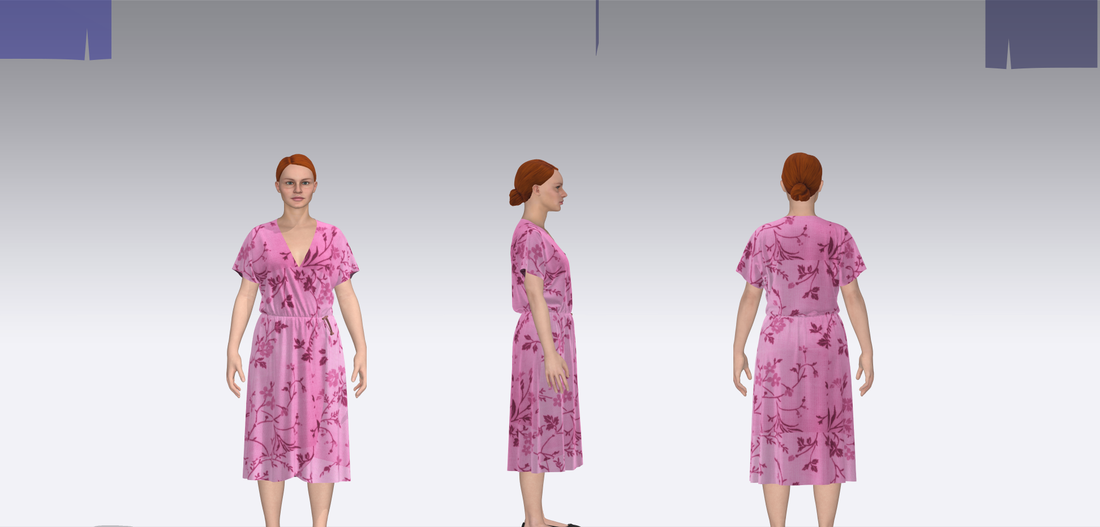

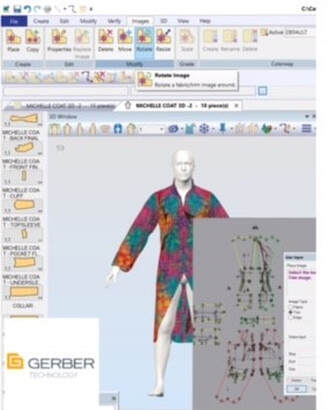
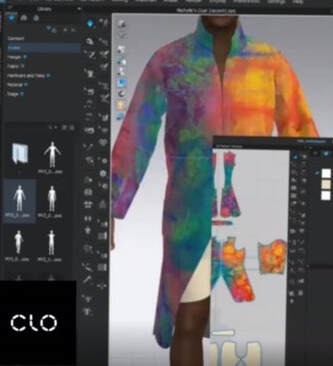

 RSS Feed
RSS Feed